Baharat is a versatile Middle Eastern spice blend whose name literally means 'spices' in Arabic. This aromatic mixture creates balanced warmth through synergistic spice interactions—delivering complex flavors without overwhelming heat. Unlike single-note seasonings, Baharat combines black pepper, cumin, coriander, paprika, nutmeg, cinnamon, cardamom, and cloves to create multidimensional flavor layers perfect for meats, vegetables, and grains.
For home cooks seeking authentic Middle Eastern flavors, Baharat offers an accessible entry point. This guide delivers practical techniques for incorporating Baharat into everyday cooking—including regional variations, proper storage methods, and science-backed usage tips that maximize flavor impact while preserving potency.
Table of Contents
- What Is Baharat Spice and What Does It Taste Like?
- Baharat Ingredients: The Core Components Explained
- White vs Black Baharat: Key Differences
- How to Use Baharat in Everyday Cooking
- How to Make Authentic Baharat at Home
- Baharat vs Za'atar vs Garam Masala: Flavor Comparison
- Proper Storage: Keeping Baharat Fresh Longer
- Frequently Asked Questions About Baharat
- Conclusion: Mastering Baharat for Better Home Cooking
What Is Baharat Spice and What Does It Taste Like?
Baharat (pronounced ba-har-AT) is a traditional Middle Eastern spice blend used across Arab, Turkish, and Persian cuisines. Unlike many commercial spice mixes, authentic Baharat creates balanced flavor through precise ratios of warm, sweet, and earthy components that work together chemically.
The taste profile features:
- Subtle warmth from black pepper (not spicy heat)
- Earthy foundation from cumin and coriander
- Sweet notes from cinnamon and nutmeg
- Floral complexity from cardamom and cloves
This combination creates a rounded flavor that enhances rather than dominates dishes. Unlike single spices, Baharat triggers multiple flavor receptors simultaneously, creating a more satisfying eating experience without bitterness.
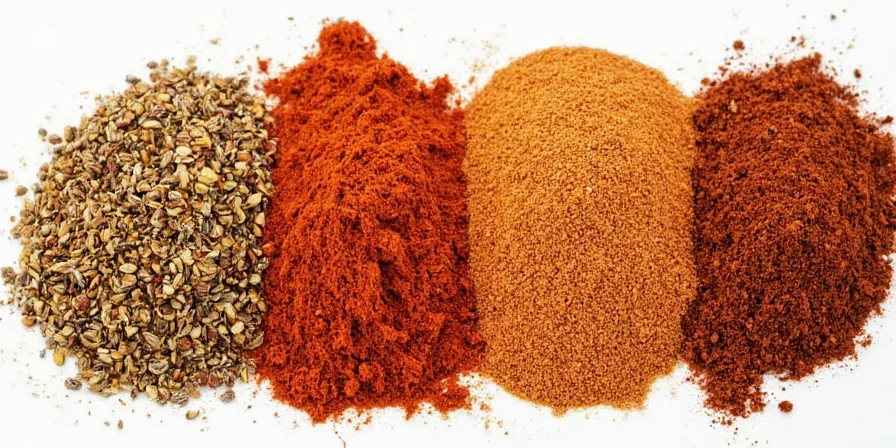
Baharat Ingredients: The Core Components Explained
While regional variations exist, most Baharat blends share these essential ingredients that work together through deliberate chemical interactions:
- Black pepper (provides subtle heat and enhances other flavors)
- Cumin (adds earthy base notes)
- Coriander (contributes citrus undertones)
- Paprika (adds color without significant heat)
- Nutmeg (intensifies warmth perception)
- Cinnamon (creates sweet backbone)
- Cardamom (delivers floral complexity)
- Cloves (adds spicy-sweet accent)
These components work together to create flavors impossible from individual spices alone. For example, cinnamon's sweetness balances cumin's natural bitterness through molecular synergy.
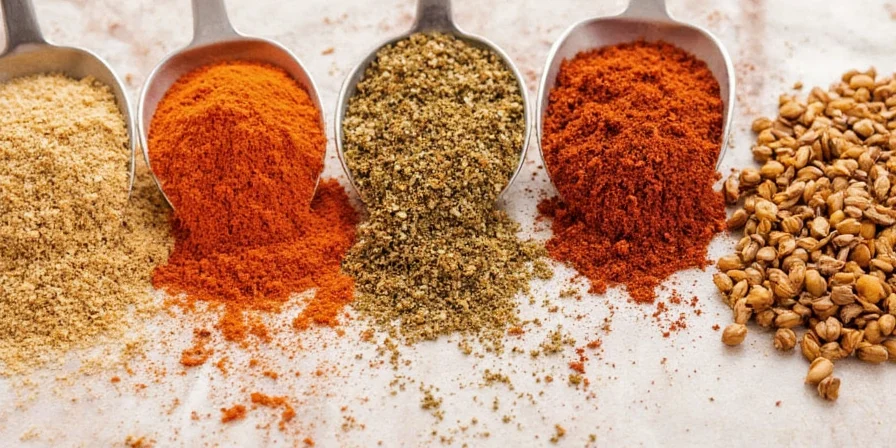
| Ingredient | Flavor Contribution |
|---|---|
| Black Pepper | Subtle heat and earthiness |
| Cumin | Earthy, nutty, and slightly bitter |
| Coriander | Floral and citrusy notes |
| Cinnamon & Nutmeg | Sweet warmth and depth |
| Cardamom & Cloves | Intense aroma and sweetness |
White vs Black Baharat: Key Differences
The distinction between white and black Baharat centers on ingredient composition and intended applications:
- White Baharat omits paprika and uses white pepper. It often includes ginger and turmeric, creating brighter flavor notes ideal for delicate proteins like fish and poultry, or cream-based sauces where color preservation matters.
- Black Baharat features black pepper and often includes whole cumin seeds for textural contrast. Higher clove concentrations create lingering warmth suited for lamb, game meats, and slow-cooked legumes.
The color difference isn't just visual—it indicates functional differences. White blends preserve dish aesthetics while black versions develop richer browning during searing.
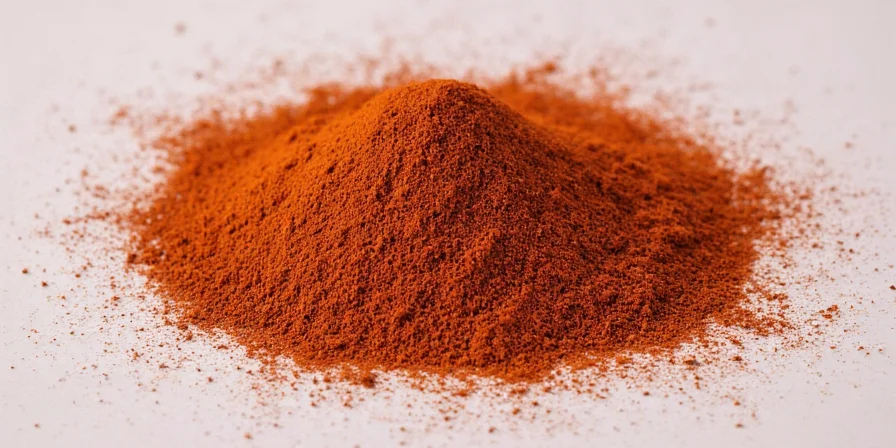
How to Use Baharat in Everyday Cooking
Maximize Baharat's flavor impact with these practical techniques:
- Activate with fat: Bloom 1 tsp in olive oil before adding to sauces—this releases fat-soluble compounds fully.
- Layer in stages: Add half during cooking, half at the end to preserve volatile aromatics.
- Balance with acid: Pair with lemon juice to brighten earthy notes.
- Transform vegetables: Toss root vegetables in Baharat-oil mixture before roasting.
- Simple applications: Sprinkle on roasted chicken, mix into ground meat for kebabs, or stir into tomato-based pasta sauces.
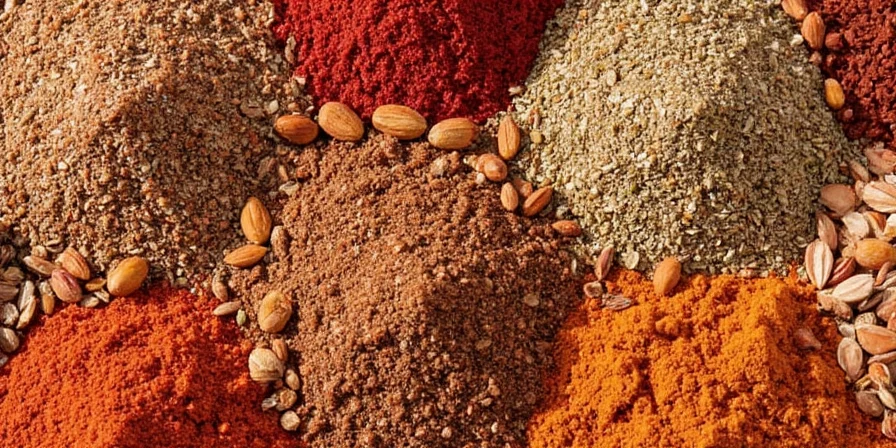
How to Make Authentic Baharat at Home
Creating superior Baharat requires understanding how to preserve flavor compounds. This optimized recipe maximizes freshness:
- 1 tbsp black peppercorns (freshly cracked)
- 1 tbsp cumin seeds (toasted)
- 1 tbsp coriander seeds (toasted)
- 1 tsp paprika (sweet, not smoked)
- ½ tsp ground cinnamon
- ¼ tsp freshly grated nutmeg
- ¼ tsp cardamom seeds (husks removed)
- ⅛ tsp ground cloves
Instructions: Toast whole spices over medium-low heat until fragrant. Cool completely before grinding. Combine with pre-ground spices. Yields ¼ cup.
Pro Tip: Store whole spices separately; grind only when needed. Light degrades flavor compounds—use opaque containers.
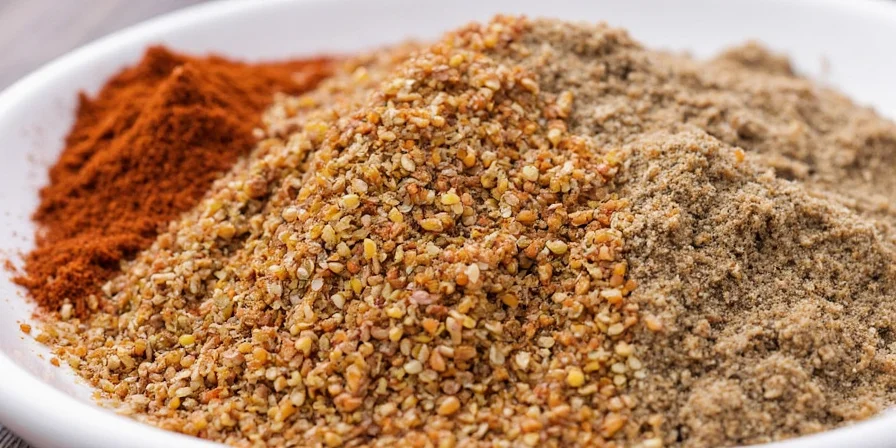
Baharat vs Za'atar vs Garam Masala: Flavor Comparison
Understanding these spice blends prevents flavor clashes:
| Spice Blend | Flavor Profile | Best Uses |
|---|---|---|
| Baharat | Warm, balanced sweetness with subtle heat | Meats, stews, grain dishes—enhances without dominating |
| Za'atar | Herbaceous with tangy notes from sumac | Vegetables, flatbreads, dips—best used raw |
| Garam Masala | Intensely warm with dominant clove notes | Indian curries—requires long simmering |
| Dubai Spice Mix | Bold, smoky with pronounced heat | Grilled meats—complements char |
Proper Storage: Keeping Baharat Fresh Longer
Extend your Baharat's shelf life with these practical methods:
- Store in opaque, airtight containers to prevent oxidation
- Keep below 68°F (20°C)—heat accelerates degradation
- Avoid clear containers; light degrades key flavor compounds
- Buy whole spices in small batches; ground blends lose potency in 3-6 months
Test freshness: Rub between fingers—if aroma doesn't immediately fill your palm, it's time for a new batch. For critical dishes, always use freshly ground spices.

Frequently Asked Questions About Baharat
- What is Baharat spice made of?
- Baharat typically combines black pepper, cumin, coriander, paprika, nutmeg, cinnamon, cardamom, and cloves. Regional variations may include dried citrus peel or allspice. The blend's magic lies in how these ingredients interact chemically—cinnamon's sweetness balances cumin's bitterness through molecular synergy.
- How does Baharat differ from Za'atar?
- Baharat relies on warming spices (cinnamon, cloves) creating deep umami notes ideal for cooked dishes. Za'atar features thyme and sumac with high acidity, best used raw on breads or vegetables. Baharat provides warm complexity without heat, while Za'atar offers tangy herbal notes.
- Can I substitute Baharat if unavailable?
- A functional substitute requires balancing sweet (cinnamon), earthy (cumin), and warm (cloves) elements. Combine 2 parts paprika, 1 part cumin, ½ part cinnamon, and a pinch of cloves. This lacks Baharat's nuanced interaction of fresh-ground compounds but works in emergencies.
- Why does my Baharat lose flavor quickly?
- Ground spices oxidize rapidly—key flavor compounds degrade within 90 days. Always grind whole spices fresh when possible. Store in opaque, airtight containers away from heat sources. Light and oxygen are primary degradation accelerators.
- Is Baharat spicy like chili powder?
- No—traditional Baharat provides warm complexity without heat. Black pepper contributes mild warmth, far below chili powder. Regional Gulf versions sometimes include chili, but standard blends focus on aromatic warmth rather than spiciness.
- What dishes pair best with Baharat?
- Baharat shines with roasted meats (especially lamb and chicken), Middle Eastern rice dishes, tomato-based stews, roasted vegetables, and even in unexpected applications like tomato soup or chocolate mole sauces where cinnamon complements other flavors.
- How much Baharat should I use?
- Start with 1 teaspoon per pound of meat or 2 servings of vegetables. Taste as you cook—Baharat builds flavor gradually. Remember you can always add more, but you can't remove it once added.
Conclusion: Mastering Baharat for Better Home Cooking
Baharat offers home cooks an accessible gateway to authentic Middle Eastern flavors. By understanding its core components and how they work together, you can elevate everyday dishes without special equipment or hard-to-find ingredients.
Whether you're seasoning roasted vegetables, enhancing a simple tomato sauce, or experimenting with fusion cooking, Baharat delivers complex flavors through carefully balanced spice interactions. The key is starting with fresh ingredients, proper storage, and understanding how to layer the spice for maximum impact.
With these practical techniques, you can transform routine cooking into an exploration of flavor chemistry—creating meals with depth and complexity that impress without requiring professional skills. Your journey to more flavorful cooking begins with this versatile spice blend.


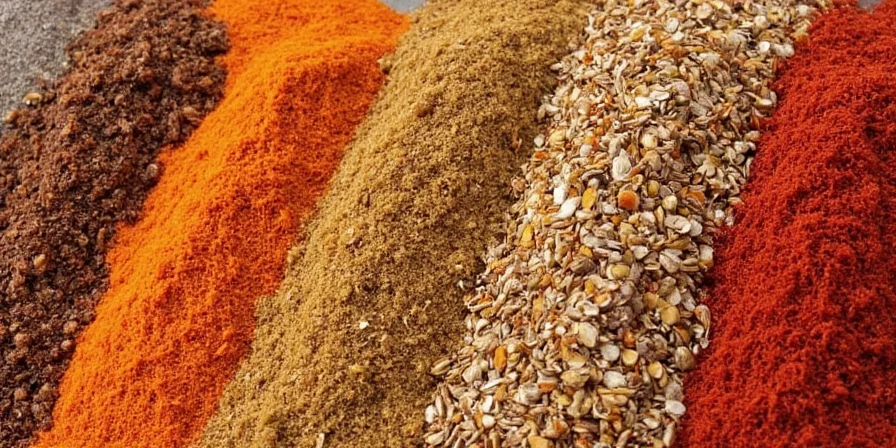









 浙公网安备
33010002000092号
浙公网安备
33010002000092号 浙B2-20120091-4
浙B2-20120091-4